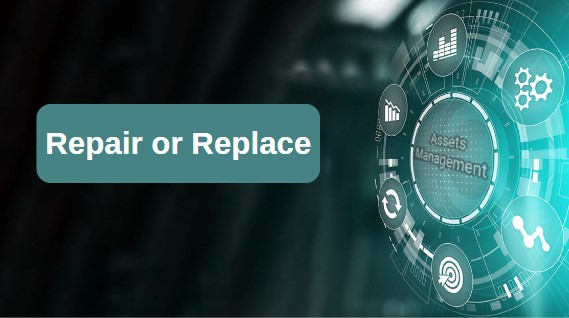
Repair or Replace in Asset Management
Madhurima Sanyal |
29 Jan 2024 |
17:48 PM
- Understanding the Importance of a Repair vs. Replace Decision
- The Decision-Making Process
- Steps for Performing Repair or Replace Analysis
- The Role of CMMS in Decision-Making
- How CMMS Simplifies the "Repair vs. Replace" Analysis
- Determining the Right Time
- When Should I Repair or Replace an Asset?
- Calculating Costs with CMMS software
- Conclusion
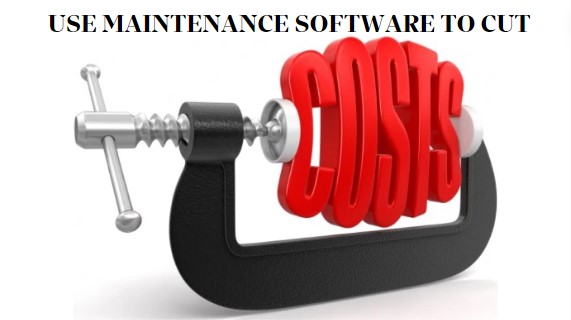
Guide to Use Maintenance Software to Cut Costs
Madhurima Sanyal 03 Feb 2024 | 04:26 AMElevate facility maintenance with cutting-edge software solutions, enhancing work order management and optimizing physical asset performance for superior maintenance efficiency and strategic cost control...
In the intricate landscape of asset management, the choice between repairing and replacing equipment is a pivotal decision that businesses encounter. The delicate balance between cost-effectiveness and operational efficiency underscores the importance of strategic decision-making. This exploration delves into the nuanced process of evaluating whether to repair or replace assets, navigating challenges in maintenance costs, operational efficiency, and the overall health of business operations.
Understanding the Importance of a Repair vs. Replace Decision
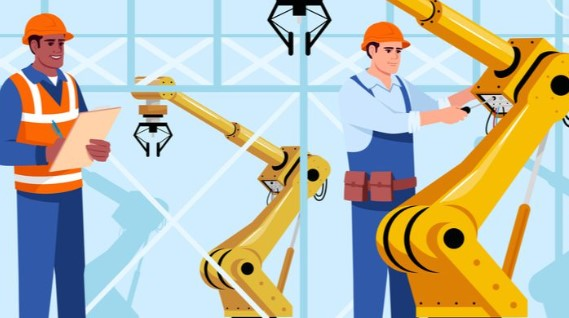
The decision to replace or repair an asset carries profound implications for an organization's bottom line and operational continuity. Factors such as ongoing costs, asset lifespan, and technological advancements contribute to the complexity of this choice. A nuanced understanding of these elements is crucial for businesses aiming to optimize resources, enhance efficiency, and maintain a competitive edge.
The Decision-Making Process

The decision-making process involves a meticulous evaluation of various factors. Assessing the current condition of the asset, analyzing ongoing costs, and projecting the potential benefits of new technologies are integral steps. Additionally, considerations for environmental impact and regulatory compliance add layers of complexity to the decision matrix.
Steps for Performing Repair or Replace Analysis
Making informed decisions about whether to replace or repair an asset involves a structured analysis that considers various facets of the asset's condition, costs, and operational impact. The following steps outline a systematic approach to perform a comprehensive repair or replace analysis.
-
Step 1: Gathering Data about the Problematic Asset - Initiate the analysis by gathering detailed data about the problematic asset. Understand its current condition, maintenance history, and any recurring issues. A thorough understanding of the asset's performance forms the foundation for an effective evaluation.

-
Step 2: Calculating Repair Costs - Quantify the costs associated with repairing the asset. This includes labor, materials, and any potential additional expenses. Accurate calculation of repair costs provides clarity on the financial investment required to restore the asset to working condition.
-
Step 3: Calculating Replacement Costs - Evaluate the costs associated with replacing the asset. Consider not only the purchase price but also installation, training, and any additional infrastructure modifications. A comprehensive assessment of replacement costs provides a holistic view of the financial implications of acquiring a new asset.
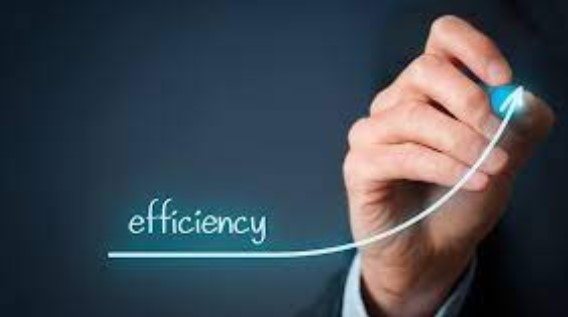
-
Step 4: Considering Operational Impacts and Other Factors - Beyond financial considerations, assess the operational impacts of both repair and replacement. Consider factors such as downtime, productivity, and the impact on overall business operations. Additionally, weigh environmental considerations, technological advancements, and regulatory compliance to ensure a well-rounded decision-making process.
-
Step 5: Making Your Decision - Synthesize the gathered data, repair and replacement costs, and the operational impact analysis to make an informed decision. Evaluate the long-term implications and align the decision with the overarching goals of the organization.
This final step ensures that the chosen course of action not only addresses the immediate issue but contributes to the sustained efficiency and competitiveness of the business.
The Role of CMMS in Decision-Making
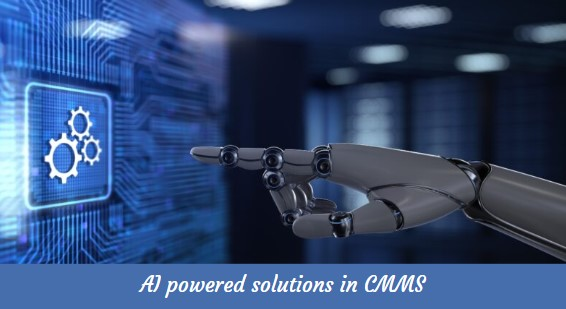
In the complex landscape of asset management, Computerized Maintenance Management System (CMMS) play a pivotal role in informed decision-making. By centralizing data on maintenance costs, asset value, and lifecycle analysis, CMMS empowers businesses to navigate the intricate "Repair vs. Replace" dilemma with precision. The system provides a comprehensive view of asset life, aiding organizations in optimizing operating costs and ensuring efficient asset tracking.
How CMMS Simplifies the "Repair vs. Replace" Analysis

CMMS simplifies the analysis by automating data collection on maintenance costs, installation costs, and asset values. It facilitates lifecycle cost analysis, offering a holistic perspective that extends beyond immediate expenses. With effective asset tracking, CMMS ensures that decision-makers have real-time insights to make strategic choices aligned with long-term operational goals.
Determining the Right Time
The determination of the right decision to repair or replace an asset hinges on a nuanced understanding of its lifecycle. CMMS aids in this by providing a comprehensive view of annual depreciation, salvage value, and potential increases in maintenance costs. This data-driven approach ensures decisions are timed strategically for optimal operational efficiency.
When Should I Repair or Replace an Asset?
The answer lies in a judicious analysis of maintenance costs and the point where these costs surpass the benefits of a new asset. CMMS facilitates this analysis by offering real-time data on maintenance expenses, enabling businesses to make timely decisions that align with financial objectives and operational efficiency.
-
Analyzing Asset Value and Depreciation - CMMS contributes to a thorough analysis of asset value and depreciation by providing accurate data on the asset's lifecycle. Understanding annual depreciation, salvage value, and potential increases in maintenance costs enables businesses to gauge the true value of an asset over time. This insight is instrumental in making decisions that maximize efficiency and minimize overall operating costs.
Calculating Costs with CMMS software
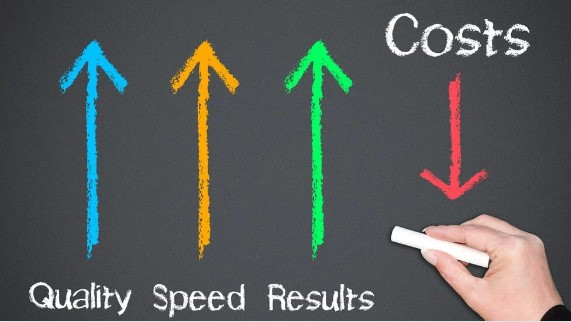
A robust CMMS serves as a key process in providing businesses with a systematic approach to calculate the costs associated with both repairing and replacing equipment. By leveraging CMMS, organizations gain a comprehensive view of the lifecycle cost, maintenance costs, and labor costs, ensuring informed and strategic decisions.
How to Calculate Cost to Repair using CMMS Software

CMMS simplifies the calculation of repair cost by automating data collection on maintenance expenses, labor costs, and other associated equipment expenditures. This streamlined approach ensures accuracy and efficiency in assessing the financial investment required to restore an existing asset to optimal working condition. The real-time insights provided by CMMS empower businesses to make calculated decisions aligned with their financial objectives.
How to Calculate Cost to Replace using CMMS Software
When considering the cost to replace an equipment, CMMS (Computerized Maintenance Management System) proves invaluable in providing a detailed breakdown of expenses. From the purchase price of a new asset to installation cost, its lifecycle cost, labor hours and cost, and potential modifications, CMMS offers a comprehensive view.
This allows organizations to make well-informed decisions by accurately gauging the financial implications of acquiring a new asset. The real-time data provided by CMMS ensures that businesses have the necessary information to make strategic choices aligned with long-term operational goals.
Asset Valuation
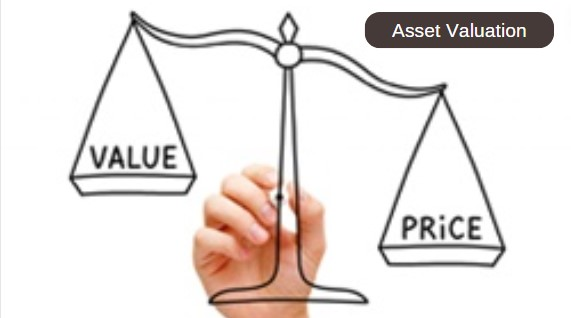
Accurate asset valuation is fundamental to effective asset management. Determining an asset's current value involves a meticulous analysis that balances initial cost, ongoing maintenance expenses, and the potential for unexpected costs. Employing methods like the straight-line method and considering market value ensures a comprehensive understanding of an asset's financial standing.
How to Calculate an Asset's Current Value
Calculating an asset's current value requires a nuanced approach. By considering its initial value, ongoing maintenance cost, and any unexpected expenses, businesses can employ methods such as the straight-line method to derive an accurate assessment. This process empowers an asset manager to make data-driven decisions regarding asset repairs, replacement, or continued operation.
Data-Driven Decisions in Asset Management
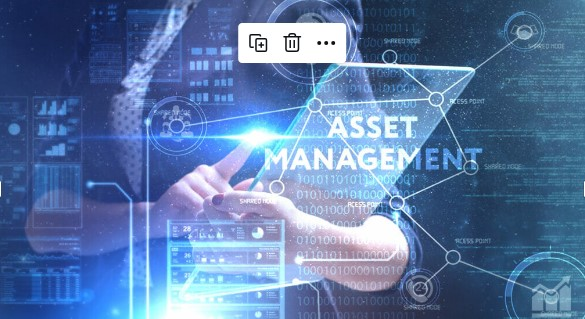
By harnessing accurate and real-time data, organizations can make informed decisions that not only optimize equipment performance but also minimize maintenance cost, ultimately mitigating the risk of asset losses. Whether assessing repairs and replacement money or addressing ongoing costs, a data-driven approach empowers asset managers to navigate the complexities of asset valuation with precision.
This not only fosters operational efficiency but also acts as a preventive measure against lost productivity and helps control downtime, ensuring a more resilient and cost-effective asset management strategy.
Factors to Consider in Decision-Making
Analyzing Cost - Informed decisions hinge on a meticulous analysis of repair money, ongoing expenses, and potential unexpected maintenance cost associated with asset management.
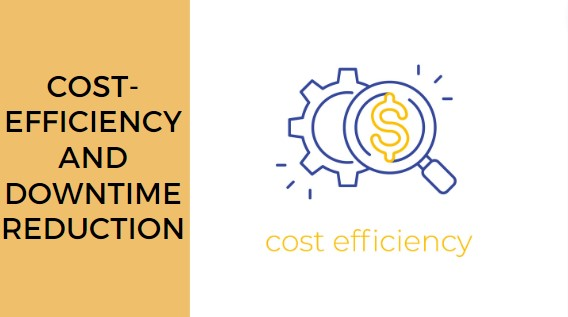
Considering the Age of Equipment - The age of equipment is a critical factor for an organization, impacting not only repair costs but also overall equipment life.
Evaluating the Cost of Repairs - A thorough evaluation of repair costs, taking into account the initial value and market value, provides clarity on the economic feasibility of restoring equipment life.
Factoring in Downtime - Downtime is a key consideration, as it not only affects operational efficiency but also contributes to indirect costs. Minimizing downtime is crucial in decision-making.
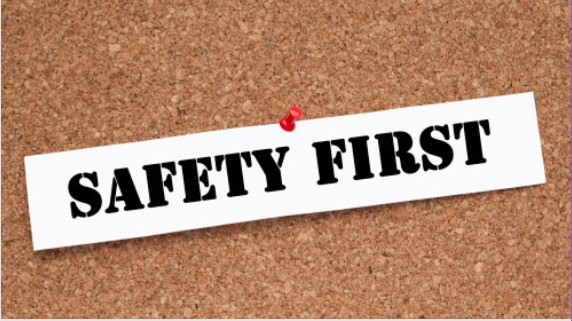
Ensuring Safety - Safety considerations are paramount, and decisions should prioritize the well-being of personnel, factoring in any risks associated with continued equipment operation.
Enhancing Operational Efficiency - Decision-making should aim at enhancing overall operational efficiency, balancing the costs of repairs or replacement with its long-term asset time.
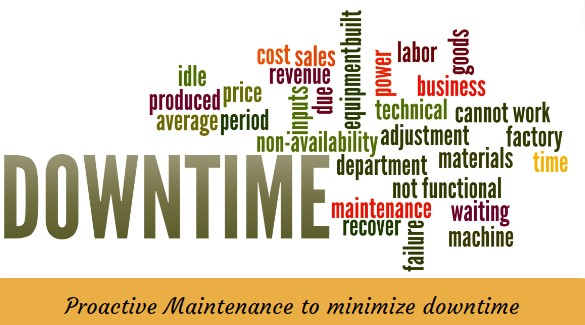
These factors collectively contribute to a comprehensive decision-making process, guiding organizations towards choices that align with their financial objectives, safety standards, and operational efficiency goals.
Practical Insights
Leading the Way to a Better Future for Maintenance and Reliability
Navigating the intricate landscape of maintenance and reliability demands a strategic approach rooted in practical insights. Assessing how much value an asset retains over time involves a comprehensive analysis of initial value, higher maintenance costs, and potential unexpected costs. Utilizing methodologies like the straight-line method aids in precise evaluations, guiding decisions on asset repair or replacement.
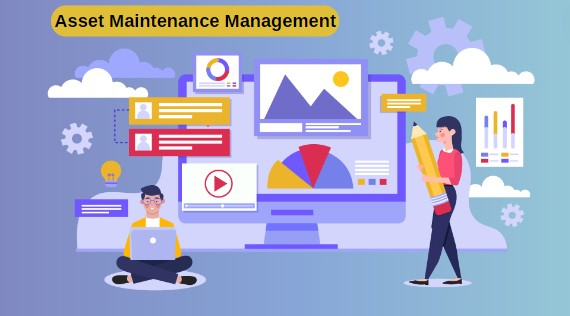
Balancing considerations of market value, higher costs, and the overall performance of assets paves the way for a better future in maintenance and reliability. These practical insights ensure that organizations forge a path of efficiency, resilience, and sustained operational excellence.
Conclusion
The intricate choice of deciding whether to replace or repair assets in the realm of maintenance and reliability demands a delicate balance. Strategic decisions, rooted in practical insights and data-driven analyses, lead the way to a better future for organizations, especially when considering potential asset losses, lost productivity, and the impact on the sales department. Navigating considerations such as initial value and unexpected expenses, coupled with methodologies like the straight-line method, ensures precision in decision-making.
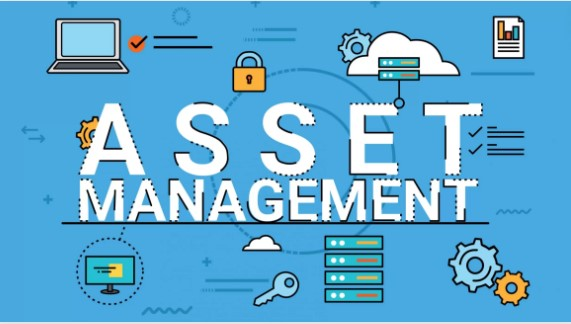
By factoring in market value and overall asset performance, businesses forge a path toward enhanced efficiency and sustained operational excellence. This holistic approach marks a paradigm shift, steering organizations towards a future of resilience and optimal asset management. Considering the expected life of assets becomes crucial in this context, as it directly impacts the balance between replacement and repair decisions. Moreover, by addressing these factors, organizations can proactively minimize the risk of lost productivity, ensuring a more robust and cost-effective approach to asset management life cycle.